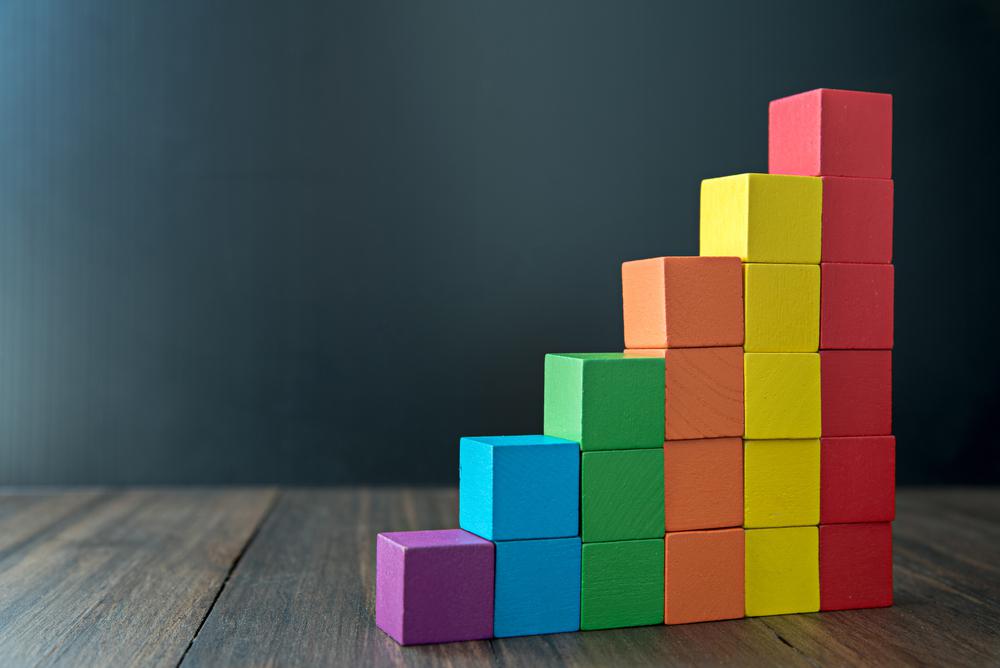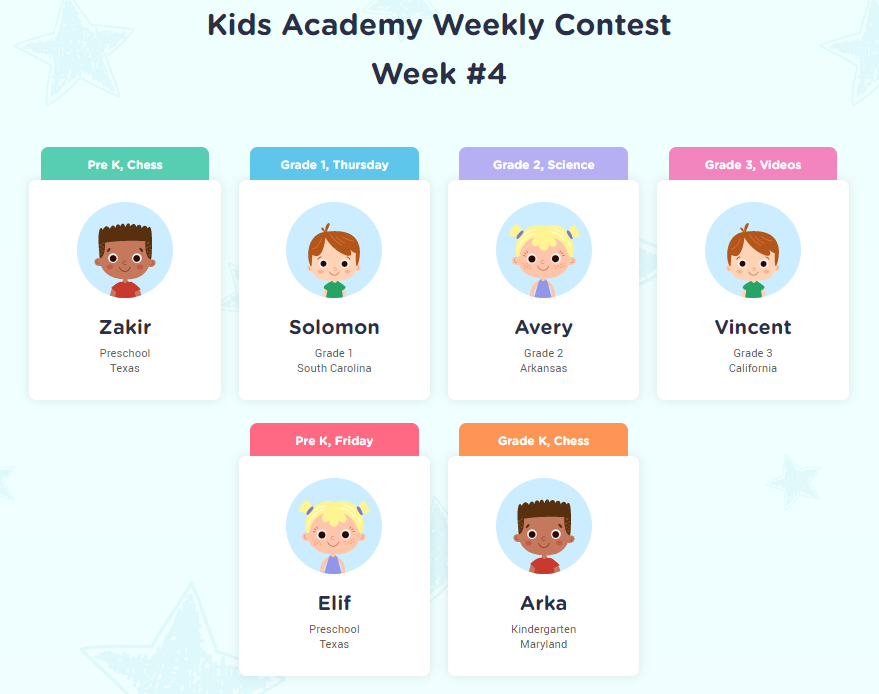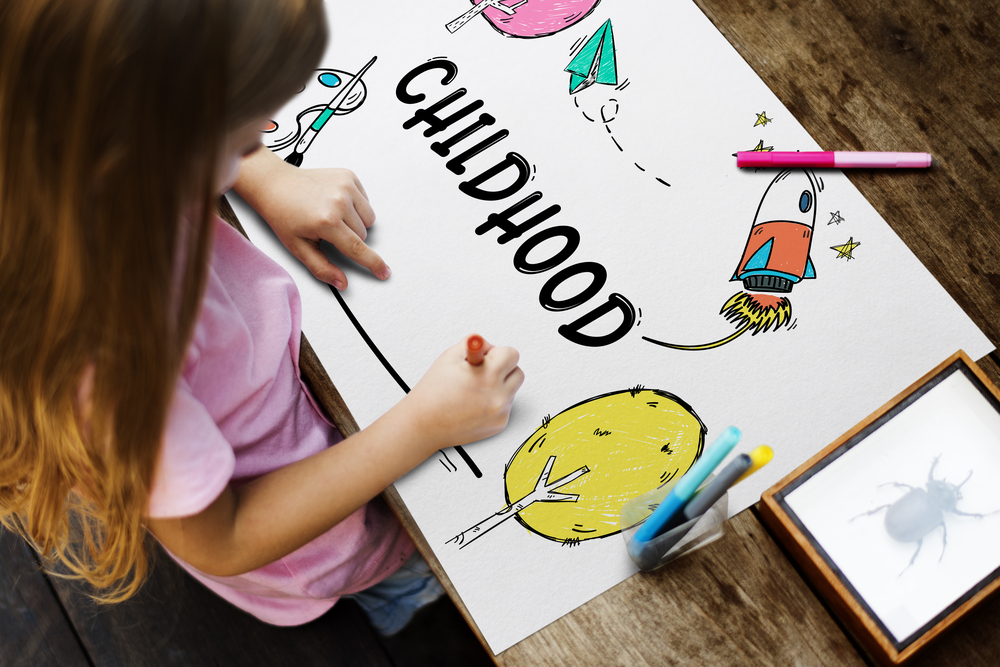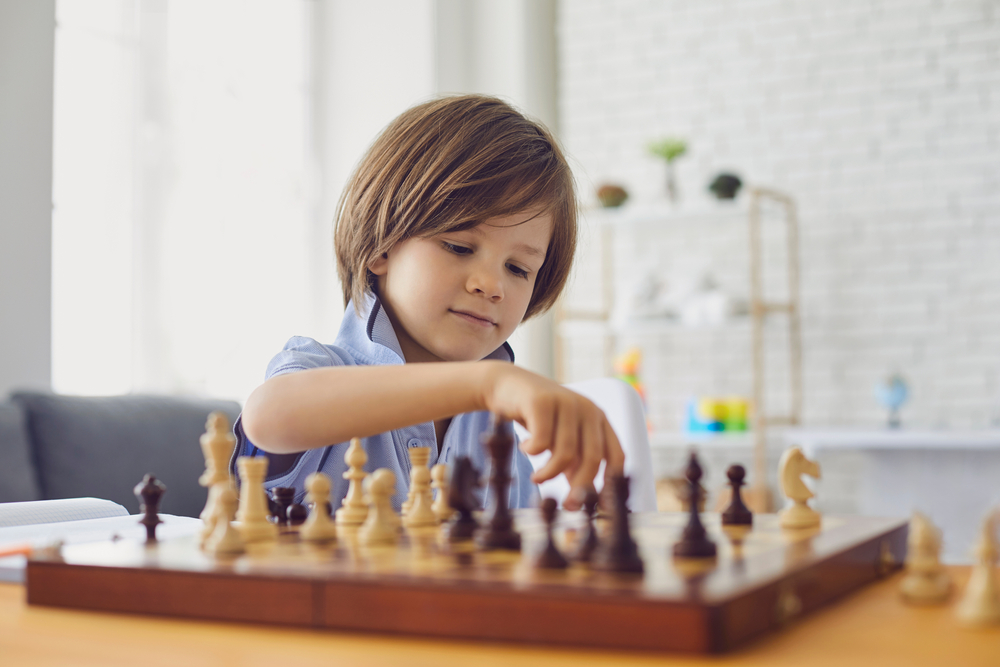Differentiating colors Worksheets for Kids
1 filtered results
-
From - To
Question/Answer
What are some effective activities to train students’ Differentiating colors skill when teaching them about Adding up to 1000 Without Regrouping?
To train students' color differentiation skills in the context of adding up to 1000 without regrouping, use color-coded number blocks or beads where different colors represent different place values (units, tens, hundreds).
How does the mastery of the Differentiating colors skill affect a student's performance at an early age?
Mastery of the Differentiating Colors skill at an early age significantly enhances a student's cognitive development, visual learning, and attention to detail. It fosters creativity, improves vocabulary through the description of objects, and aids in the understanding of symbolic and safety signals. These benefits contribute to a well-rounded educational foundation, impacting overall academic performance positively.
What does the Differentiating colors skill mean when it comes to Grade 2 Adding up to 1000 Without Regrouping learning?
The Differentiating colors skill in the context of Grade 2 Adding up to 1000 Without Regrouping means using varied colors to visually separate and identify numbers, helping students to easily distinguish between them. This visual strategy supports learners in understanding the addition process up to 1000 without regrouping, fostering better comprehension and accuracy in their calculations.













